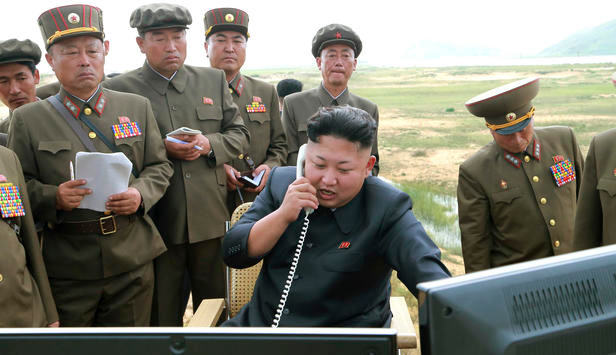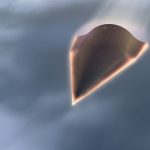
One important detail about North Korea’s recent ICBM test that nobody is talking about could speed up war with the U.S.
Thursday, July 13, 2017 by JD Heyes
http://www.nationalsecurity.news/2017-07-13-one-important-detail-about-north-koreas-recent-icbm-test-that-nobody-is-talking-about-could-speed-up-war-with-the-u-s

While most Americans were celebrating our country’s 241st birthday, technicians in North Korea were readying the test launch of a newly updated missile the country’s belligerent leader, Kim Jong-un, hoped would be capable of reaching intercontinental targets.
His ambitions were realized when, shortly after the launch of the nuclear-capable Hwasong-14 missile, U.S. experts and analysts judged that it indeed was capable of intercontinental flight. In fact, many were certain judging by the missile’s speed and trajectory that it could reach sprawling U.S. naval bases at Guam and Hawaii, as well as bases in Alaska and states on the West Coast.
But as Business Insider reported just a few days after the July 4 test, a closer analysis of the missile reveals it may have additional capabilities: Namely, it may be able to carry more than one warhead, which — if true — not only dramatically increases the missile’s potential destructive abilities, but ramps up pressure on the Trump administration to deal more quickly with what the president and his national security advisors have deemed a clear and present danger to the U.S.
BI noted that, unlike previous North Korean missiles, the Hwasong-14 featured a “shroud,” or a hollow cover instead of a nosecone that is much more solid.
What’s the significance of that? The site elaborated:
ICBMs generally use shrouds if one is “planning on launching multiple reentry vehicles or added countermeasures,” David Schmerler, a research associate at the James Martin Center for Nonproliferation Studies told Business Insider.
Shrouds generally indicate that a missile is carrying multiple, independent reentry vehicles — warheads — in its overall payload. That gives one missile many more times the power of just a single warhead, making it far more lethal and far more dangerous. Also, that poses a much greater challenge for missile defense systems.
Though Schmerler said there is “no indication” as yet that North Korea has perfected that kind of technology, which would involve mastering the process of miniaturizing warheads, Pyongyang’s scientists may have nevertheless installed countermeasures and decoys that would render U.S. missile defenses, which are presently imperfect as it stands, nearly useless.
Other assessments have downplayed the significance of this one missile and this one missile test. John Schilling, writing at the 38North blog, which focuses on developments on the Korean peninsula, wrote, “the emerging reality is that the North has an unreliable missile that can reach Alaska or Hawaii with a single nuclear warhead, and would be lucky to hit even a city-sized target.”
However, the assessment further notes that within another year or two of additional testing, it’s probable that North Korea will be able to make the missile much more reliable, meaning it would be capable of delivering at least one nuclear warhead to any of several targets along the West Coast. (RELATED: Report: U.S. military gave Trump new options for North Korea after detecting new nuclear site activity)
“In perhaps five years, North Korea may be able to incorporate a modest suite of decoys and penetration aids to challenge U.S. missile defenses,” Schilling wrote. “Let’s hope missile defenses are up to that challenge.”
Still, he noted the missile that flew last week was nevertheless remarkable for a number of reasons, most notably that North Korea was able to utilize several existing systems and technologies from other missiles to form this ‘newer’ version.
If the latter assessment is correct, then for now the U.S. has the capability to defend against the Hwasong-14. Furthermore, the president, as well as Trump administration officials, have said repeatedly the U.S. is willing to do so.
“One of our capabilities lies with our considerable military forces. We will use them if we must, but we prefer not to have to go in that direction,” said U.S. Ambassador to the UN Nikki Haley, as Reuters reported.
J.D. Heyes is a senior writer for NaturalNews.com and NewsTarget.com, as well as editor of The National Sentinel.
Sources include:
Tagged Under: Tags: clear and present danger, ICBM, Kim Jong-Un, missile test, national security, North Korea, nuclear missiles, nuclear war






